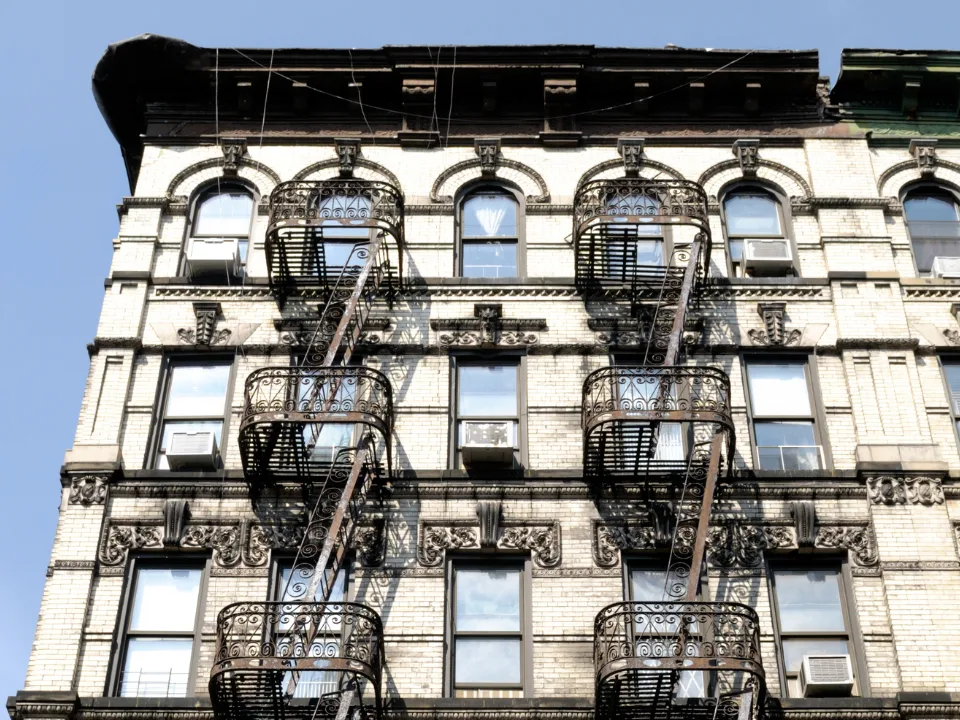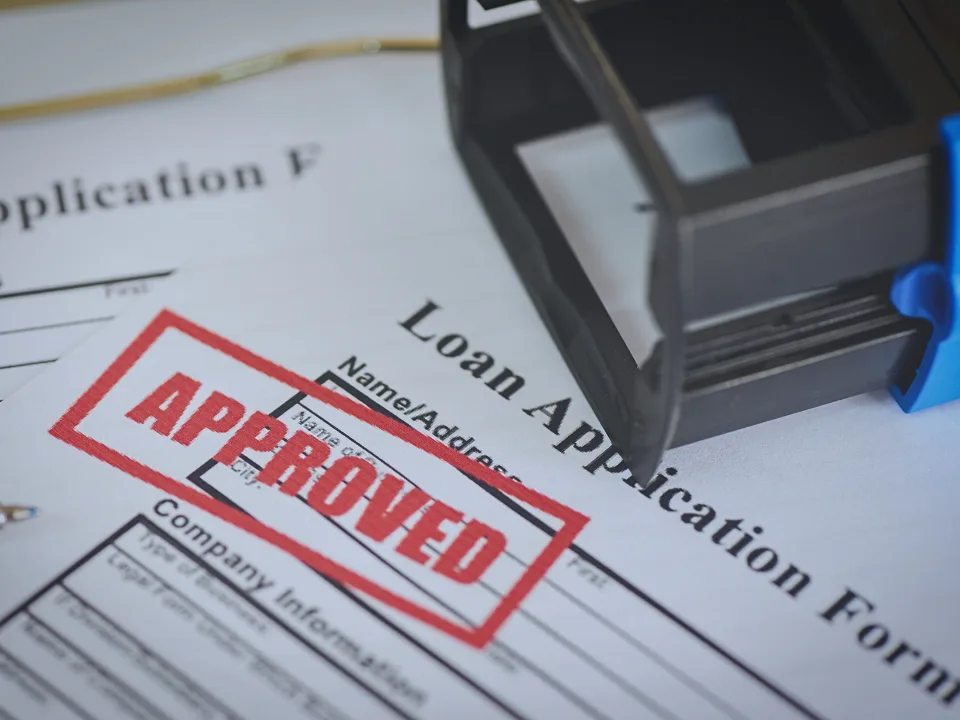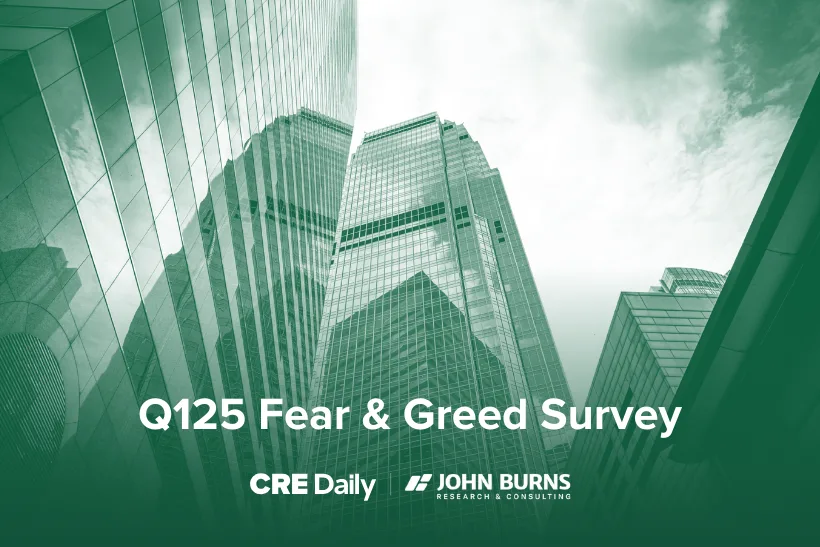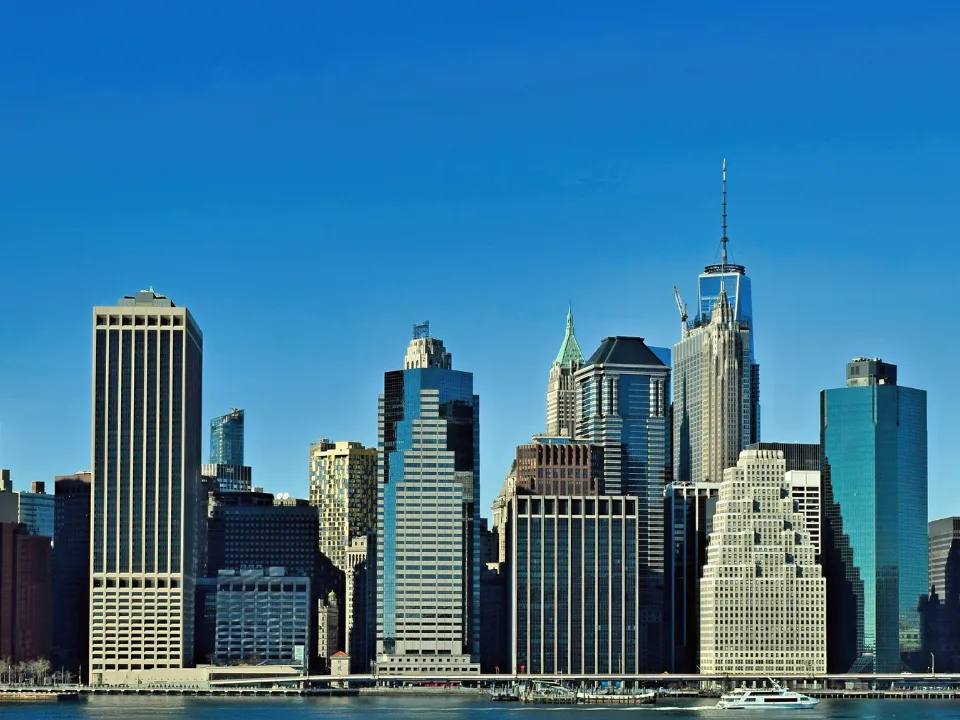- New tariffs and macroeconomic instability have rattled the stock market, but NYC multifamily real estate remains a stronghold for investors seeking stability.
- High demand, limited supply, and reliable cash flow have helped shield NYC multifamily assets from broader market volatility.
- Institutional capital is increasingly flowing into multifamily properties as investors seek predictable returns amid geopolitical and economic turbulence.
Amid the Market Mayhem
Investors were hit with a wave of new economic curveballs this month. The so-called “Liberation Day” tariffs—blanket duties of 10% on most imports, with some countries hit as high as 60 percent and China facing triple-digit levies—sent shockwaves through financial markets, per Commercial Observer.
Compounding the pressure, the Federal Reserve is walking a tightrope between managing inflation and staving off economic slowdown. The result? Tumbling stock prices and a surge in volatility, with the VIX index approaching levels not seen since early-pandemic uncertainty.
A Safe Harbor in NYC
While equities wobble, New York City’s multifamily market has remained remarkably steady. Bolstered by strong tenant demand, tight housing supply, and steady rental growth, multifamily properties in the five boroughs continue to attract both institutional and private capital. Investors see the asset class as a defensive play—less correlated with public market swings and backed by physical assets that produce dependable income streams.
Get Smarter about what matters in CRE
Stay ahead of trends in commercial real estate with CRE Daily – the free newsletter delivering everything you need to start your day in just 5-minutes
Follow the Capital
Institutional investors, including private equity and pension funds, are ramping up multifamily acquisitions in core NYC neighborhoods. Despite rising interest rates and regulatory headwinds, underwriting remains competitive thanks to stable occupancy rates and the long-term fundamentals of urban living. According to CBRE, multifamily deal volume in NYC rose 11% year-over-year in Q1, defying national trends.
Why It Matters
In an environment where traditional safe assets like bonds are also under pressure, real estate—and particularly NYC multifamily—offers relative shelter. The city’s chronic housing shortage and strong population base make for a reliable income-generating investment even in turbulent times.
What’s Next
As geopolitical tensions and economic risks persist, expect continued interest in multifamily from both domestic and international investors. NYC, with its mix of density, demand, and rent growth potential, could be a leading destination for capital looking to weather the storm.














